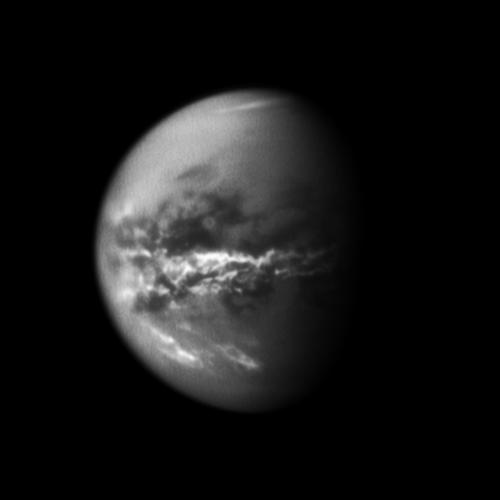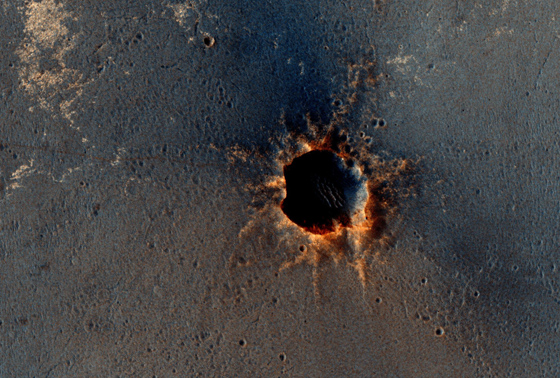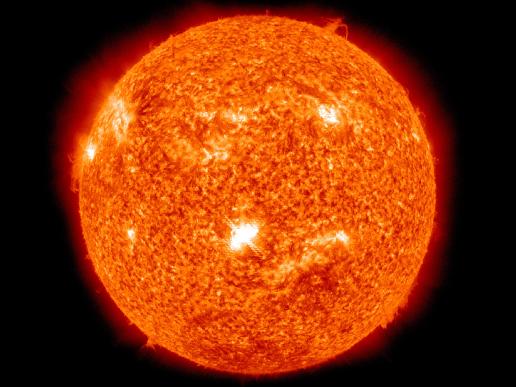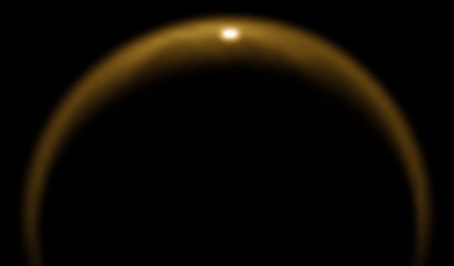Weather watching… on Titan.
Nasa’s Messenger spacecraft may have finally arrived in orbit around Mercury, but the Cassini probe has been exploring Saturn’s system of moons since 2004 – some archived posts here. [Image Credit: NASA/JPL/SSI] The latest images show seasonal weather patterns, and apparently associated surface changes. From the Nasa/JPL press release Extensive rain from large cloud systems, spotted by Cassini’s cameras in late 2010, has apparently darkened the surface of the moon. The best explanation is these areas remained wet after methane rainstorms. …













